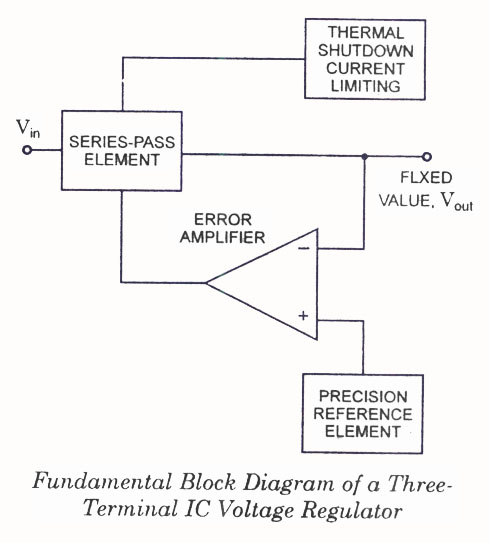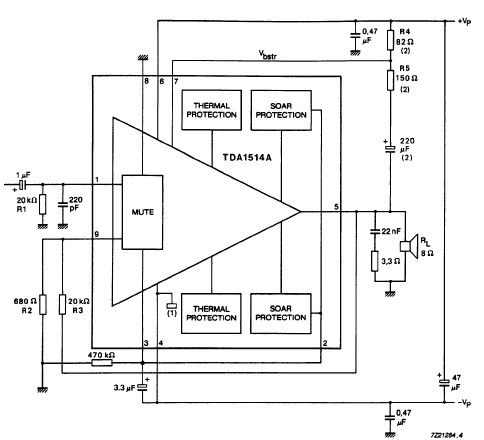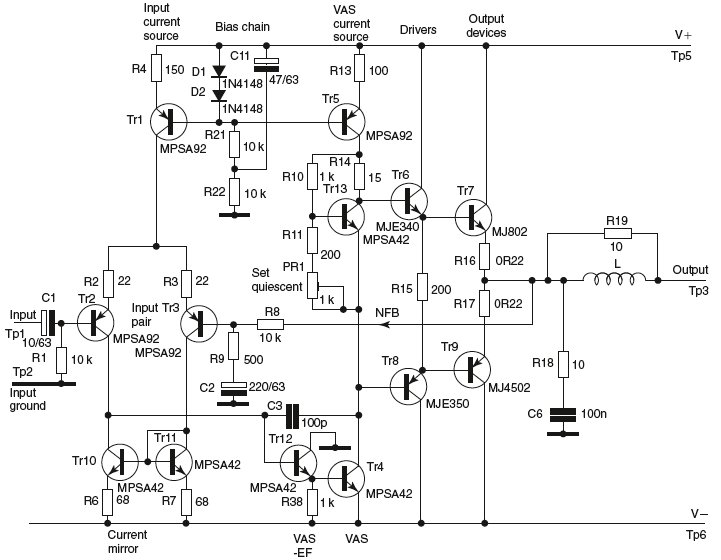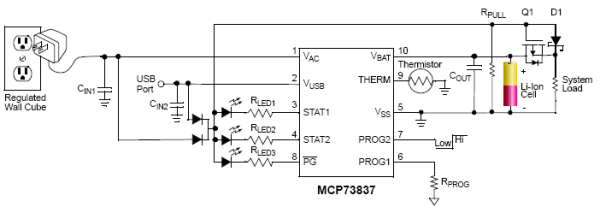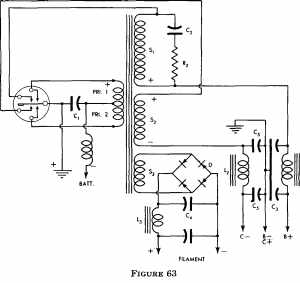
Ultra-Sonic Ranging Design
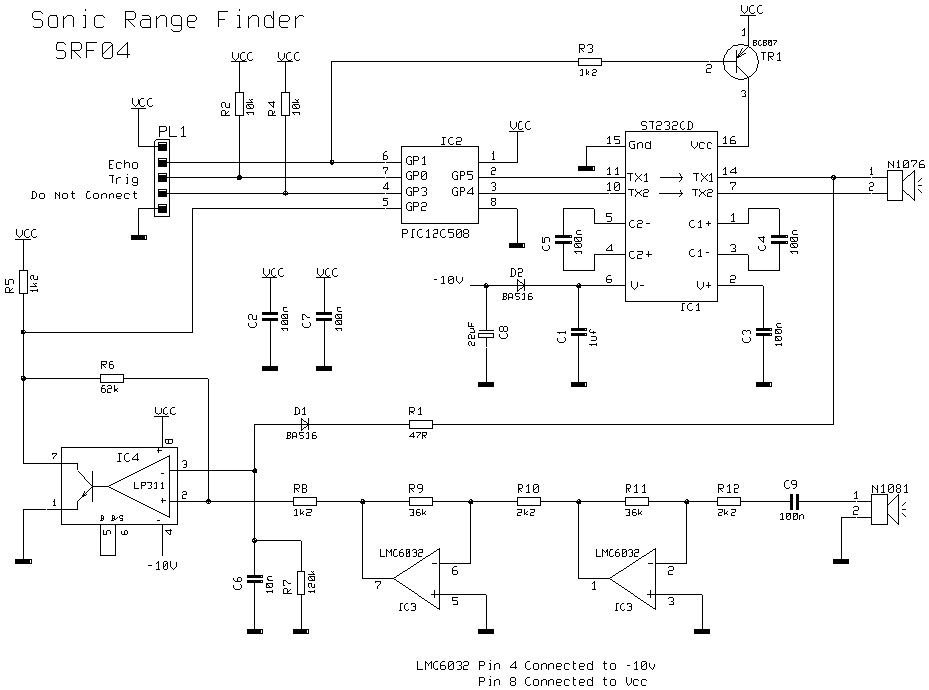
The module costs £38.00, and the transducer costs an additional £17.00. The Polaroid module effectively performs its intended function, which requires a certain range; however, it is not designed to serve as the vision system for a small robot. The circuit is engineered for low cost, utilizing a PIC12C508 microcontroller to manage control functions alongside standard 40kHz piezo transducers. The drive for the transmitting transducer can be simply managed directly from the PIC. A 5V drive offers a reasonable range for larger objects but poses challenges in detecting smaller ones. The transducer can handle up to 20V of drive, leading to the decision to operate close to this level. A MAX232 integrated circuit, commonly used for RS232 communication, serves as an ideal driver, supplying approximately 16V of drive. The receiver employs a classic two-stage operational amplifier circuit. An input capacitor (C8) blocks residual DC that is typically present. Each gain stage is configured for a gain of 24, resulting in a total gain of approximately 576, which is close to the maximum gain of 25 available with the LM1458. The gain-bandwidth product for the LM1458 is 1 MHz, allowing a maximum gain of 25 at 40 kHz. The amplifier's output is fed into an LM311 comparator, where a small amount of positive feedback introduces hysteresis, ensuring a clean and stable output. The challenge of achieving operation down to 1-2 cm arises from the receiver picking up direct coupling from the transmitter, which is adjacent. Additionally, the piezo transducer, as a mechanical component, continues to resonate for some time after the drive is removed, potentially up to 1 ms, depending on the timing of the drive cessation. Distinguishing between this direct-coupled ringing and a returning echo becomes challenging, prompting many designs, including the Polaroid module, to blank out this period. Observations of the returning echo on an oscilloscope indicate that the magnitude is significantly larger at close distances compared to the cross-coupled signal. Therefore, the detection threshold is adjusted during this time to ensure only the echo is recognized. The 100nF capacitor (C10) charges to approximately -6V during the burst, discharging quickly through the 10kΩ resistor (R6) to restore sensitivity for detecting more distant echoes. A convenient negative voltage for the operational amplifier and comparator is generated by the MAX232, which unfortunately also introduces a considerable amount of high-frequency noise. Consequently, the MAX232 is disabled during the echo listening phase. The 10µF capacitor (C9) maintains the negative rail long enough to facilitate this operation. During operation, the processor awaits an active low trigger pulse, subsequently generating eight cycles of 40 kHz. The echo line is then raised to signal the host processor to commence timing, and the raising of the echo line also deactivates the MAX232. Typically, within 10-12 ms, the returning echo will be detected, prompting the PIC to lower the echo line. The width of this pulse correlates with the flight time of the sonic burst. If no echo is detected, the system automatically times out after approximately 30 ms (twice the watchdog timer period of the PIC). Due to the MAX232 being disabled during echo detection, a waiting period of at least 10 ms is required between measurement cycles for the +/- 10V to recharge. The performance of this design is commendable, reliably measuring down to 3 cm and capable of detecting distances as short as 1 cm or less; however, beyond 2-3 cm, the pulse width does not decrease further.
The described circuit employs a straightforward yet effective design for ultrasonic distance measurement, leveraging low-cost components to achieve reliable performance. The use of a PIC12C508 microcontroller ensures efficient control of the ultrasonic transducer, while the MAX232 provides the necessary drive voltage for optimal performance. The dual-stage operational amplifier configuration allows for significant amplification of the received signal, enhancing sensitivity to echoes, particularly at close range. The integration of hysteresis in the comparator stage aids in eliminating false triggers, ensuring accurate distance readings. The design effectively addresses the challenges posed by direct coupling and mechanical ringing, implementing a robust threshold adjustment strategy to differentiate between valid echoes and spurious signals. Overall, this circuit design exemplifies an effective balance between cost, complexity, and functionality, making it suitable for applications in robotic vision systems and other distance-sensing tasks.The module costs GB38. 00 and the transducer costs a further GB17. 00. In fairness, the Polaroid module does the job it was intended to do, which requires the range, but that job is not to provide the eyes of a small robot. The circuit is designed to be low cost. It uses a PIC12C508 to perform the control func tions and standard 40khz piezo transducers. The drive to the transmitting transducer could be simplest driven directly from the PIC. The 5v drive can give a useful range for large objects, but can be problematic detecting smaller objects. The transducer can handle 20v of drive, so I decided to get up close to this level. A MAX232 IC, usually used for RS232 communication makes and ideal driver, providing about 16v of drive.
The receiver is a classic two stage op-amp circuit. The input capacitor C8 blocks some residual DC which always seems to be present. Each gain stage is set to 24 for a total gain of 576-ish. This is close the 25 maximum gain available using the LM1458. The gain bandwidth product for the LM1458 is 1Mhz. The maximum gain at 40khz is 1000000/40000 = 25. The output of the amplifier is fed into an LM311 comparator. A small amount of positive feedback provides some hysterisis to give a clean stable output. The problem of getting operation down to 1-2cm is that the receiver will pick up direct coupling from the transmitter, which is right next to it. To make matters worse the piezo transducer is a mechanical object that keeps resonating some time after the drive has been removed.
Up to 1mS depending on when you decide it has stopped. It is much harder to tell the difference between this direct coupled ringing and a returning echo, which is why many designs, including the Polaroid module, simply blank out this period. Looking at the returning echo on an oscilloscope shows that it is much larger in magnitude at close quarters than the cross-coupled signal.
I therefore adjust the detection threshold during this time so that only the echo is detectable. The 100n capacitor C10 is charged to about –6v during the burst. This discharges quite quickly through the 10k resistor R6 to restore sensitivity for more distant echo ’s. A convenient negative voltage for the op-amp and comparator is generated by the MAX232. Unfortunately, this also generates quite a bit of high frequency noise. I therefore shut it down whilst listening for the echo. The 10uF capacitor C9 holds the negative rail just long enough to do this. In operation, the processor waits for an active low trigger pulse to come in. It then generates just eight cycles of 40khz. The echo line is then raised to signal the host processor to start timing. The raising of the echo line also shuts of the MAX232. After a while – no more than 10-12mS normally, the returning echo will be detected and the PIC will lower the echo line.
The width of this pulse represents the flight time of the sonic burst. If no echo is detected then it will automatically time out after about 30mS (Its two times the WDT period of the PIC). Because the MAX232 is shut down during echo detection, you must wait at least 10mS between measurement cycles for the +/- 10v to recharge.
Performance of this design is, I think, quite good. It will reliably measure down to 3cm and will continue detecting down to 1cm or less but after 2-3cm the pulse width doesn ’t get any smaller. 🔗 External reference
The described circuit employs a straightforward yet effective design for ultrasonic distance measurement, leveraging low-cost components to achieve reliable performance. The use of a PIC12C508 microcontroller ensures efficient control of the ultrasonic transducer, while the MAX232 provides the necessary drive voltage for optimal performance. The dual-stage operational amplifier configuration allows for significant amplification of the received signal, enhancing sensitivity to echoes, particularly at close range. The integration of hysteresis in the comparator stage aids in eliminating false triggers, ensuring accurate distance readings. The design effectively addresses the challenges posed by direct coupling and mechanical ringing, implementing a robust threshold adjustment strategy to differentiate between valid echoes and spurious signals. Overall, this circuit design exemplifies an effective balance between cost, complexity, and functionality, making it suitable for applications in robotic vision systems and other distance-sensing tasks.The module costs GB38. 00 and the transducer costs a further GB17. 00. In fairness, the Polaroid module does the job it was intended to do, which requires the range, but that job is not to provide the eyes of a small robot. The circuit is designed to be low cost. It uses a PIC12C508 to perform the control func tions and standard 40khz piezo transducers. The drive to the transmitting transducer could be simplest driven directly from the PIC. The 5v drive can give a useful range for large objects, but can be problematic detecting smaller objects. The transducer can handle 20v of drive, so I decided to get up close to this level. A MAX232 IC, usually used for RS232 communication makes and ideal driver, providing about 16v of drive.
The receiver is a classic two stage op-amp circuit. The input capacitor C8 blocks some residual DC which always seems to be present. Each gain stage is set to 24 for a total gain of 576-ish. This is close the 25 maximum gain available using the LM1458. The gain bandwidth product for the LM1458 is 1Mhz. The maximum gain at 40khz is 1000000/40000 = 25. The output of the amplifier is fed into an LM311 comparator. A small amount of positive feedback provides some hysterisis to give a clean stable output. The problem of getting operation down to 1-2cm is that the receiver will pick up direct coupling from the transmitter, which is right next to it. To make matters worse the piezo transducer is a mechanical object that keeps resonating some time after the drive has been removed.
Up to 1mS depending on when you decide it has stopped. It is much harder to tell the difference between this direct coupled ringing and a returning echo, which is why many designs, including the Polaroid module, simply blank out this period. Looking at the returning echo on an oscilloscope shows that it is much larger in magnitude at close quarters than the cross-coupled signal.
I therefore adjust the detection threshold during this time so that only the echo is detectable. The 100n capacitor C10 is charged to about –6v during the burst. This discharges quite quickly through the 10k resistor R6 to restore sensitivity for more distant echo ’s. A convenient negative voltage for the op-amp and comparator is generated by the MAX232. Unfortunately, this also generates quite a bit of high frequency noise. I therefore shut it down whilst listening for the echo. The 10uF capacitor C9 holds the negative rail just long enough to do this. In operation, the processor waits for an active low trigger pulse to come in. It then generates just eight cycles of 40khz. The echo line is then raised to signal the host processor to start timing. The raising of the echo line also shuts of the MAX232. After a while – no more than 10-12mS normally, the returning echo will be detected and the PIC will lower the echo line.
The width of this pulse represents the flight time of the sonic burst. If no echo is detected then it will automatically time out after about 30mS (Its two times the WDT period of the PIC). Because the MAX232 is shut down during echo detection, you must wait at least 10mS between measurement cycles for the +/- 10v to recharge.
Performance of this design is, I think, quite good. It will reliably measure down to 3cm and will continue detecting down to 1cm or less but after 2-3cm the pulse width doesn ’t get any smaller. 🔗 External reference
